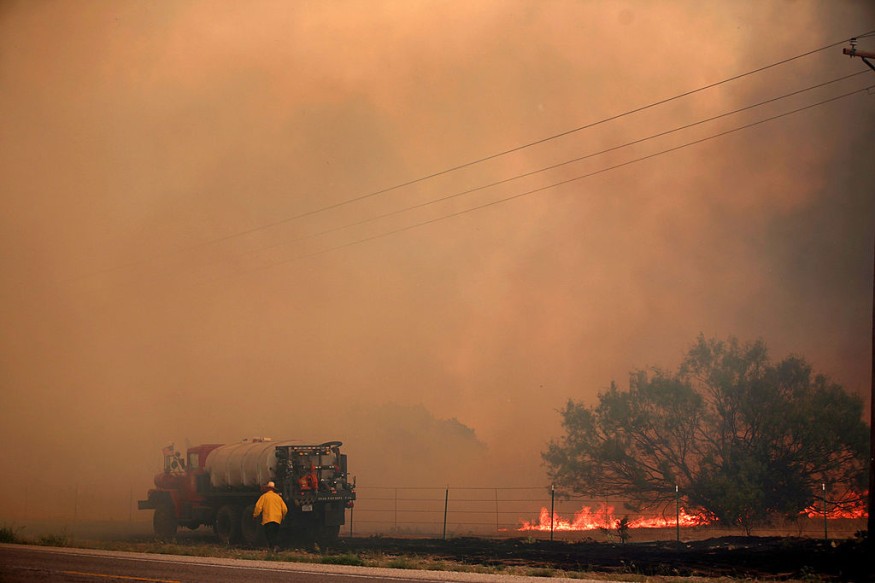U.S. wildfire threat is at risk of spreading from the Southwest to the Great Lakes region due to fire weather conditions such as dry air and gusty winds, according to a warning of the National Weather Service (NWS) on Wednesday, April 12. Outskirts of cities and towns are primarily at risk, especially places abundant with grass and forested lands, which can serve as fuel for the blaze.
The wildfire can either take the form of a bushfire or forest fire and spread quickly due to the help of strong, blowing minds. The NWS wildfire warning shows the current air moisture and wind gust across Southwest could continue to generate elevated to critical fire weather conditions, which can make the ignition and spread of flame more frequent.
The wildfire forecast comes several months after a historic summer wildfire season across the country, especially in the southwestern U.S., where the wildfire-prone state of California has experienced the largest number of intense and devastating fires in the country. Amid warm temperatures, climate scientists previously blamed climate change and global warming to the growing natural disaster.
U.S. Wildfire Threat

The NWS warned that in addition to dry air and gusty winds, dry vegetation and low relative humidity may lead to critical fire weather on Thursday, April 13, spanning from the southern High Plains to the Midwest.
The U.S. wildfire threat also includes 'red flag warnings' issued by the US weather agency's Storm Prediction Center (SPC) for at least nine U.S. states, including Colorado, Kansas, and Nebraska, amid high temperatures and arid conditions, the Independent reported.
What is Fire Weather?
The NWS defines fire weather to depict meteorological parameters such as wind speed, wind direction, relative humidity, mixing heights, and soil moisture to predict whether or not conditions are favorable for fire growth and smoke dispersion.
In the past, the NWS, along with the SPC, have provided insights to potential or ongoing wildfires in a given area nationwide. Unlike weather systems like storms, naturally-triggered wildfires are harder to predict than those caused by human activities.
According to the National Wildfire Coordinating Group (NWCG), the four main critical weather elements that generate extreme fire behavior are the following:
- low relative humidity
- strong surface wind
- unstable air
- drought
The NWC explains the critical fire weather patterns that support these elements can be divided into two primary categories, those which produce strong surface winds and those which produce atmospheric instability.
Worst U.S. Wildfires in History
In recent years, the U.S. has experienced several devastating wildfires, including last year's wildfires in California, Texas, Nebraska, and other areas in the Southwest, resulting in casualties, forced evacuations, and damage to infrastructure and agriculture.
According to the Western Fire Chiefs Association, below are some of the worst U.S. wildfires in history:
- 1825 Miramichi Fire in Maine
- 2020 August Complex Fire in California
- 2021 Dixie Fire in California
- 2018 Mendocino Complex Fire in California
- 2004 Taylor Complex Fire in Alaska
Related Article : US Wildfires are Becoming Larger and More Frequent Since 2000: New Study
© 2025 NatureWorldNews.com All rights reserved. Do not reproduce without permission.





